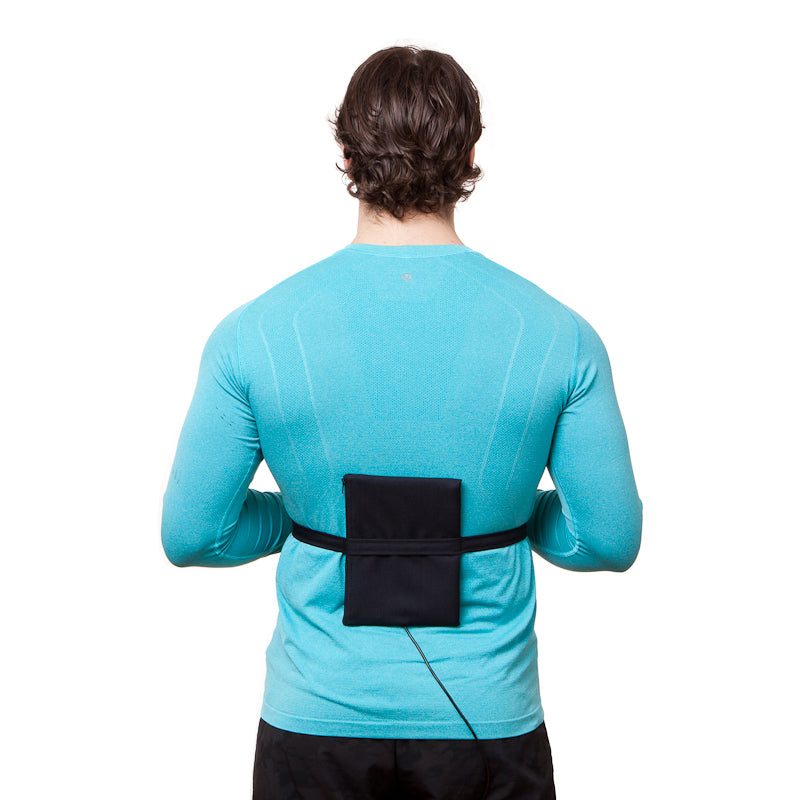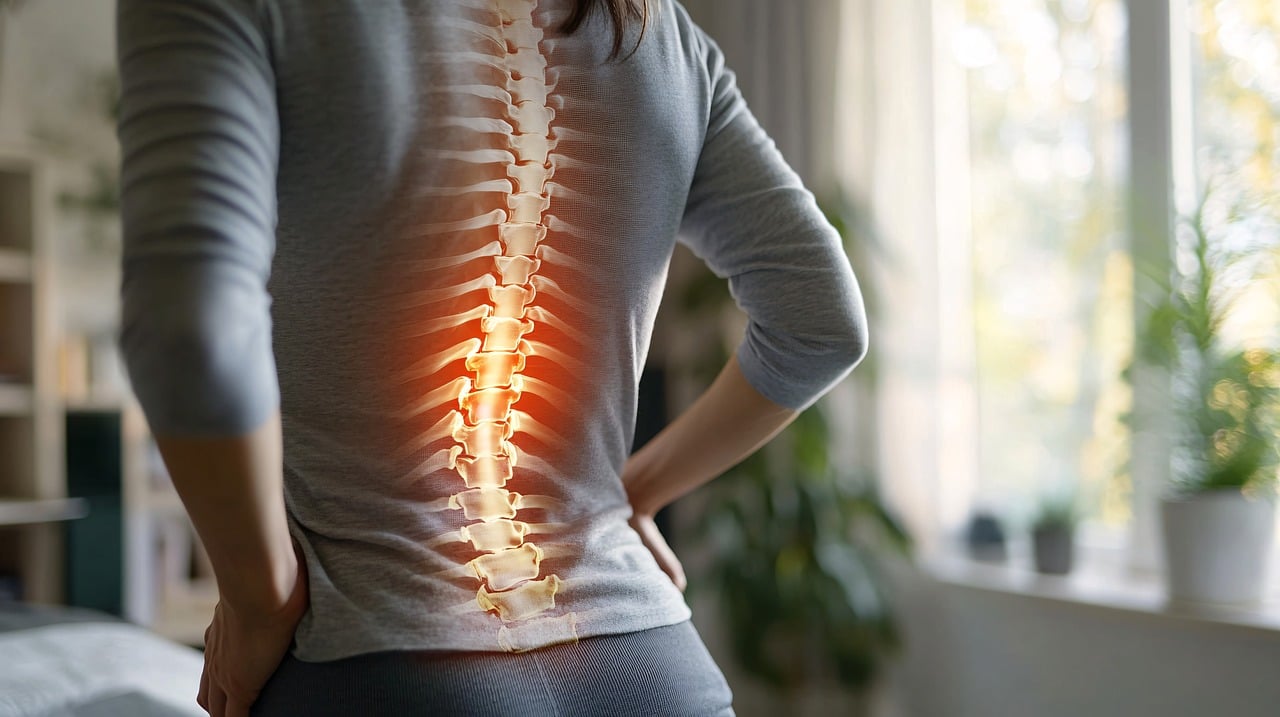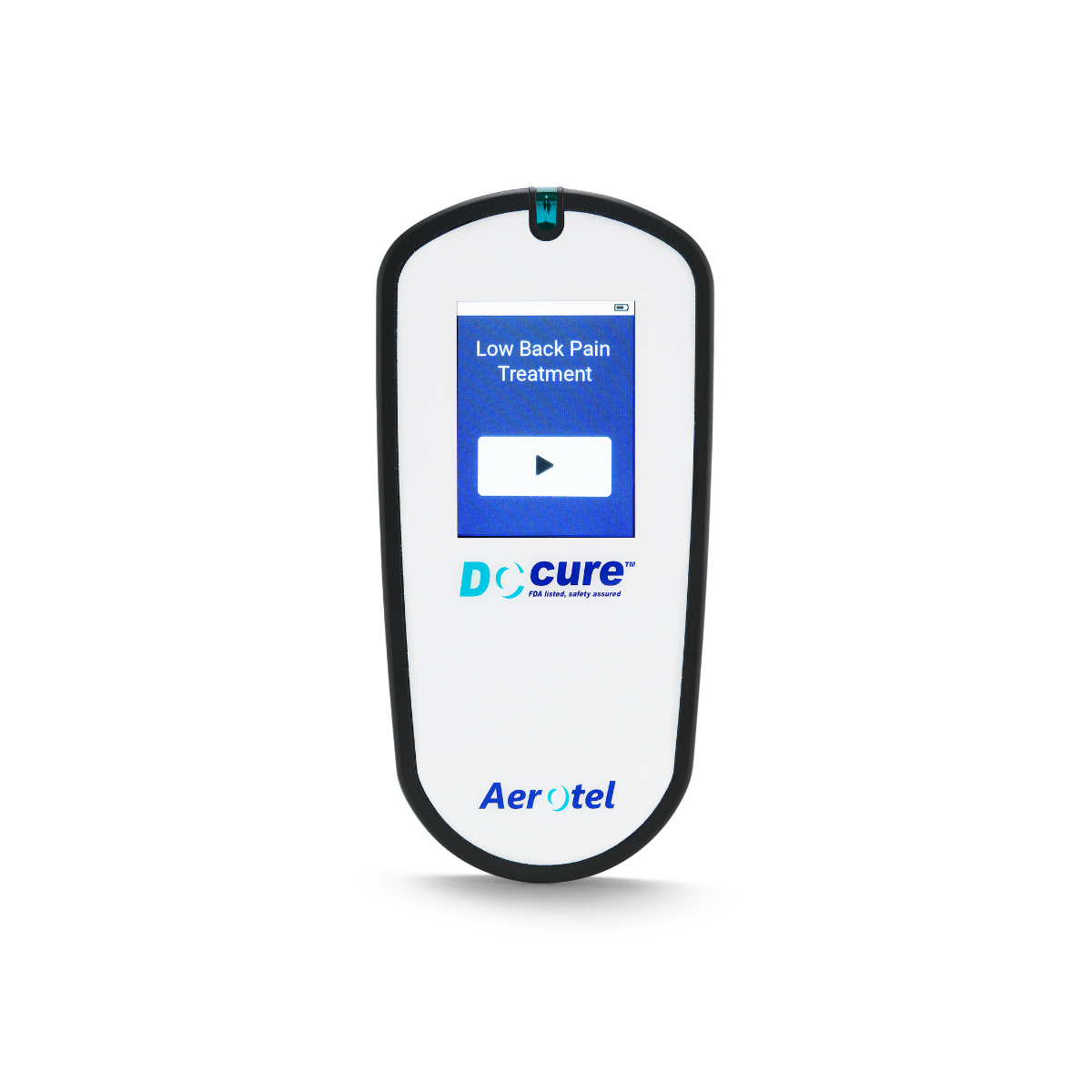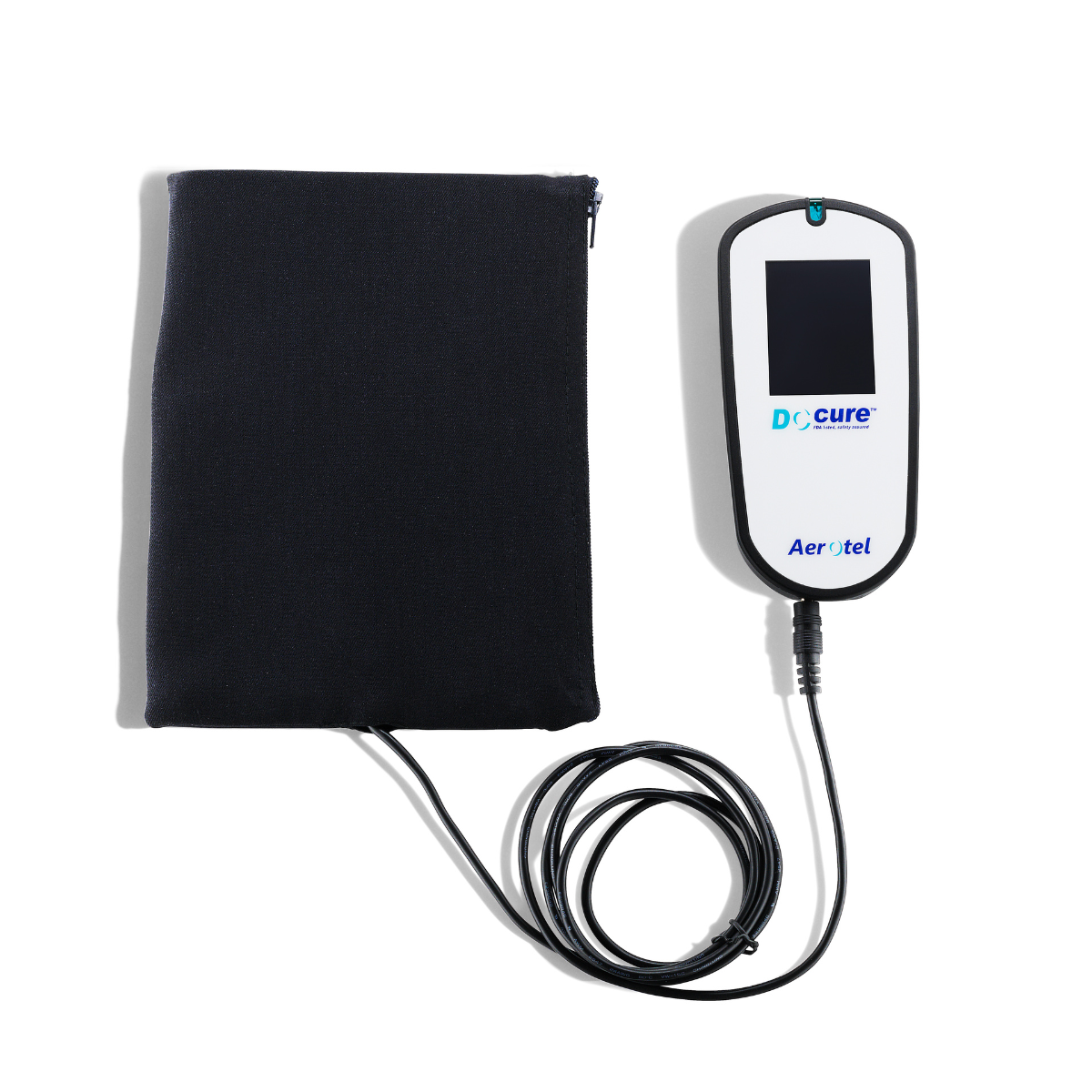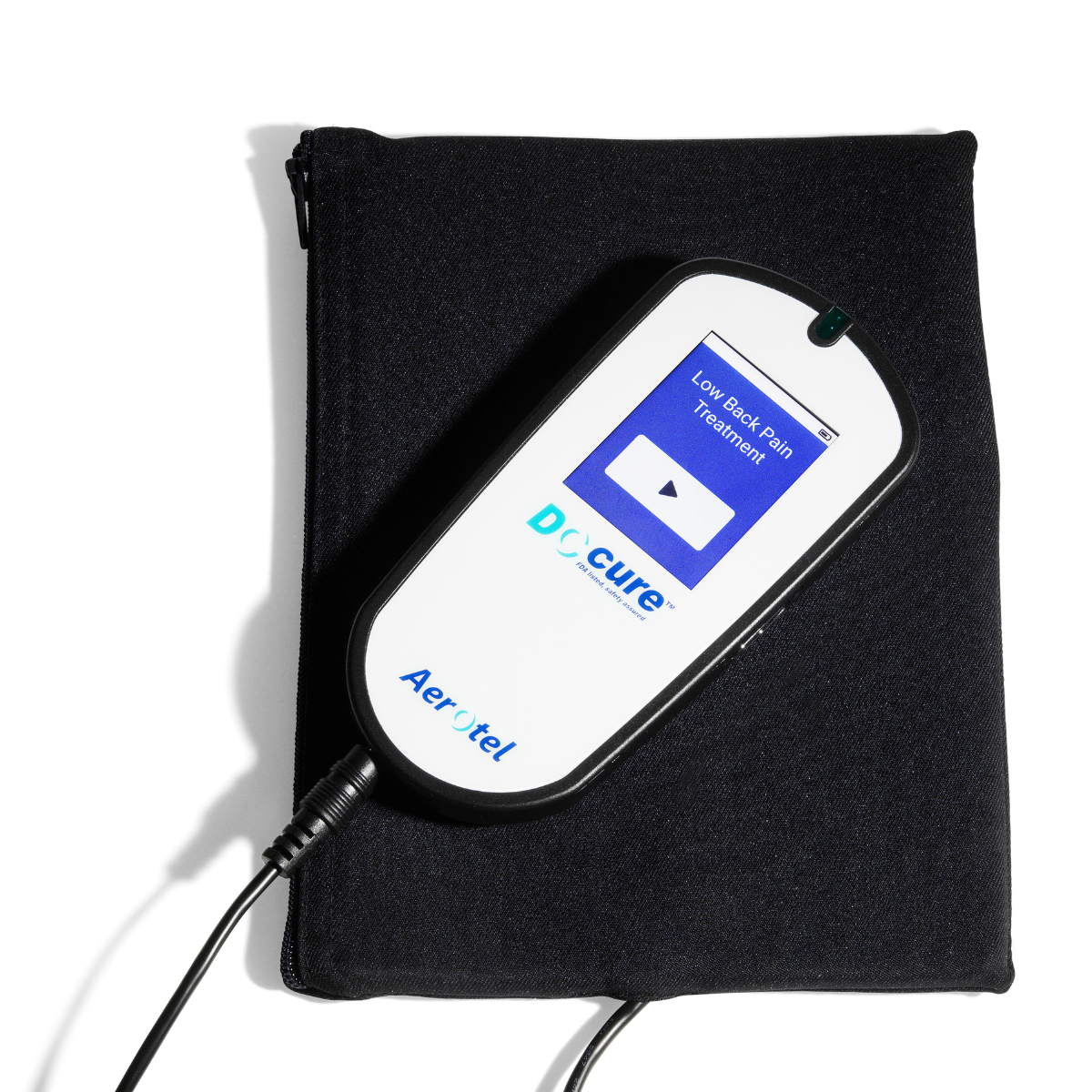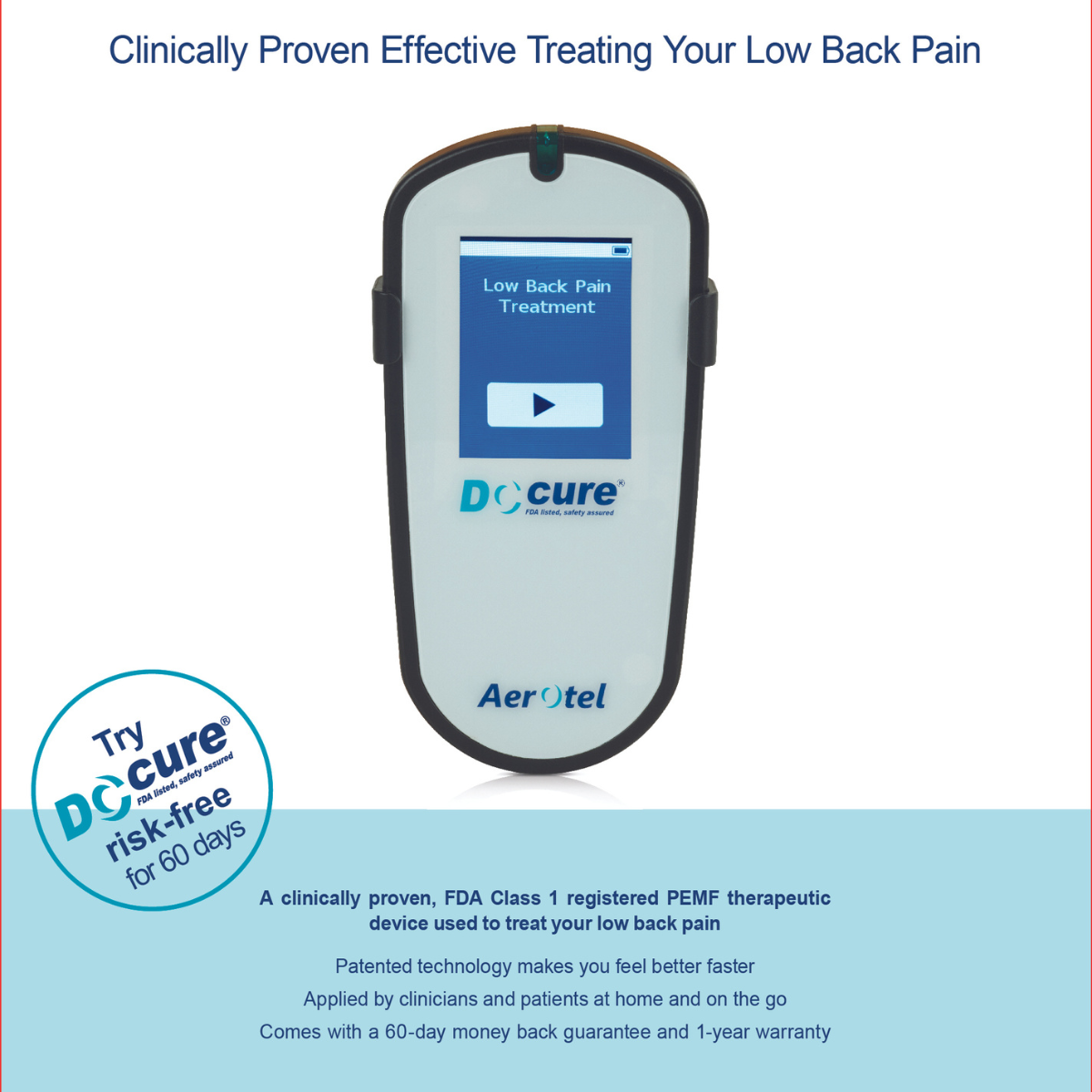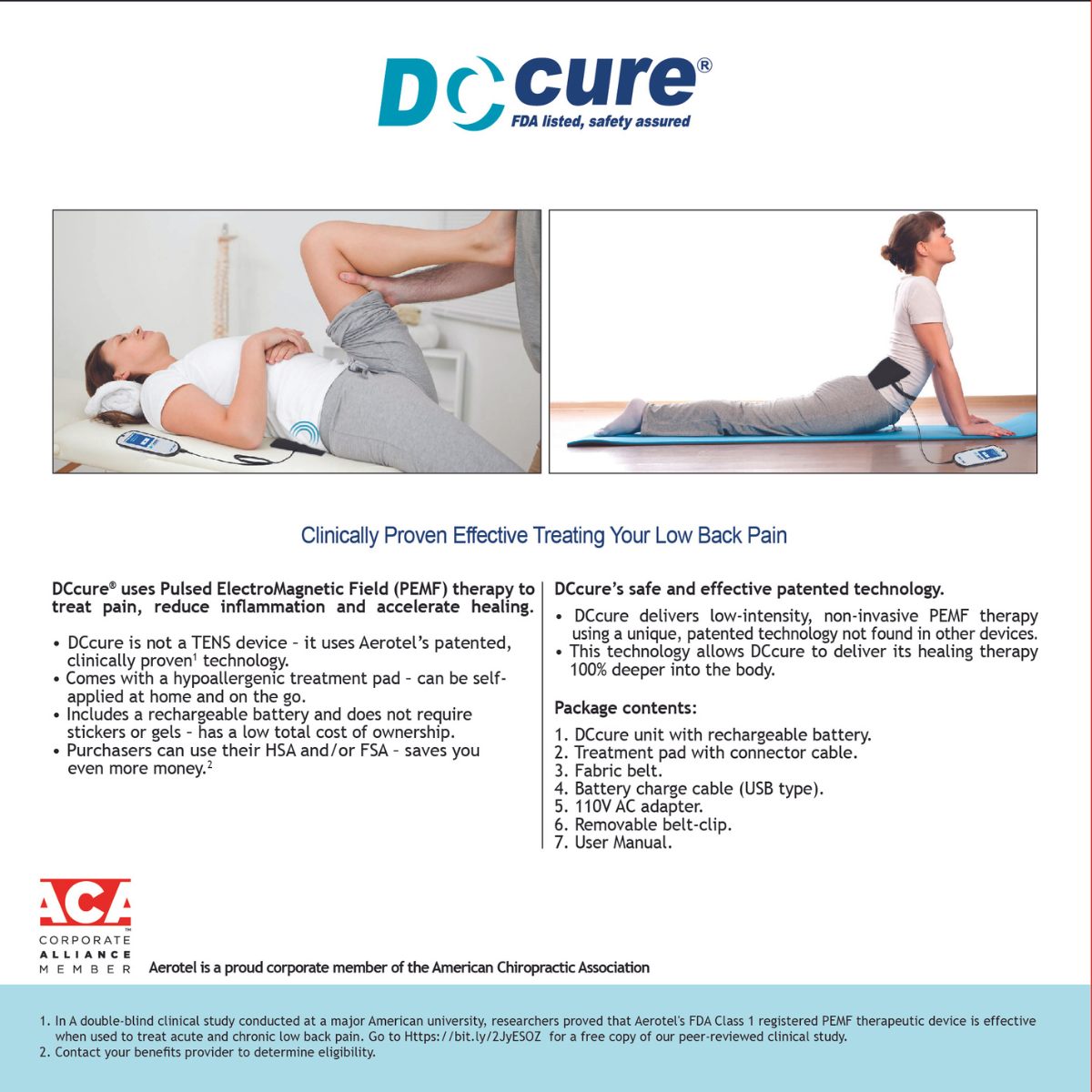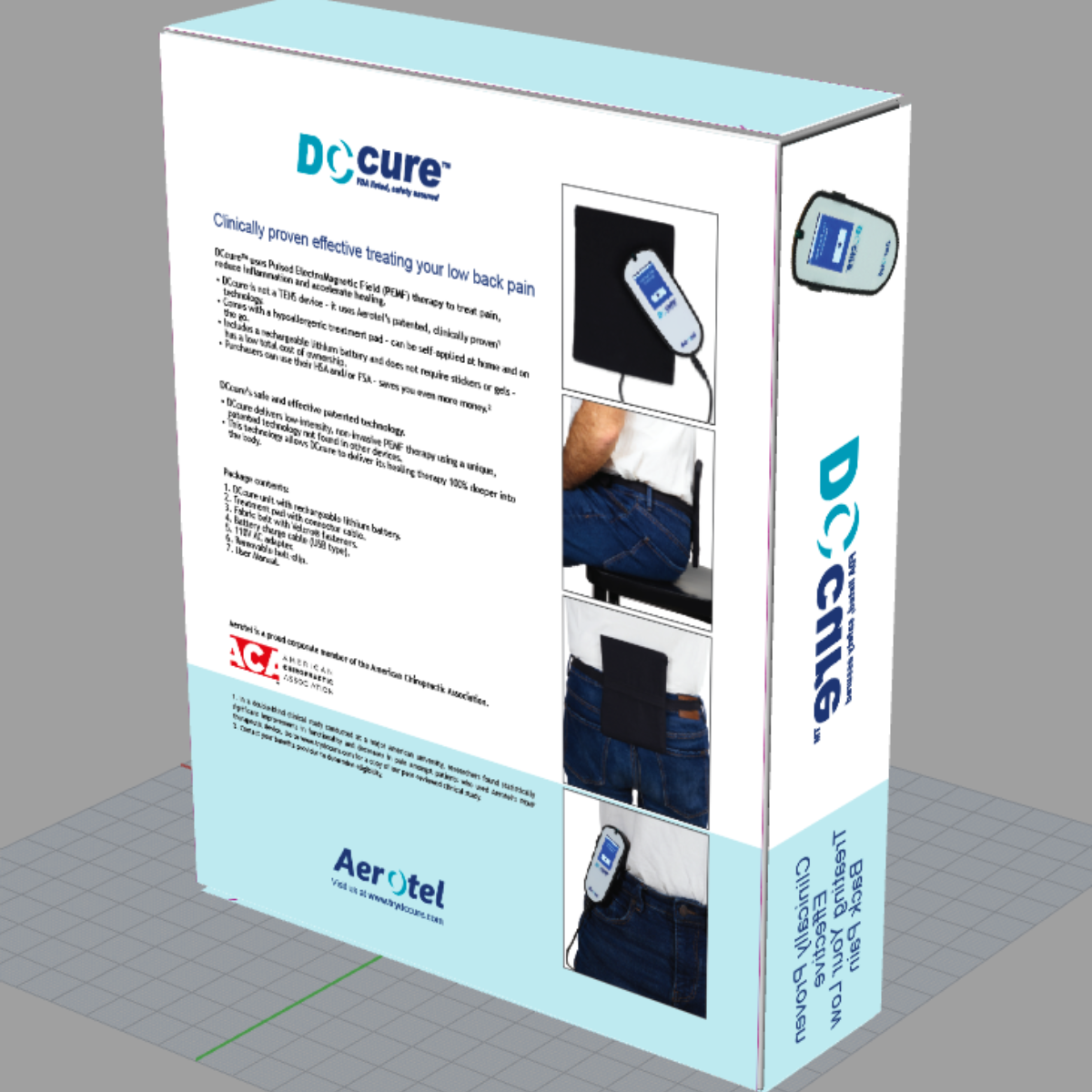Atheletes frequently experience injuries due to the demanding training regimens they endure in their relentless pursuit of peak performance. Different sports have different injuries that affect sports personnel. Let's dive into common injuries in various sports and then we will explore the strategy behind PEMF therapy as it tackles a spectrum of sports injuries head-on! From American Football to basketball, let’s discover how this cutting-edge approach accelerates healing, reduces pain, and gets athletes back in the game stronger than ever. The American College of Physicians (ACP) recommends in an evidence-based clinical practice guideline published in Annals of Internal Medicine that physicians and patients should treat acute or subacute low back pain with non-drug therapies such as superficial heat, massage, acupuncture, or spinal manipulation.

1. American Football: Due to the heavy contact nature of American football and the strain it places on the lower back, lumbar injuries are rather prevalent. The following are a few of the most common lumbar injuries football players sustain: lumbar strain, herniated disc, spondylolysis, spondylolisthesis
Spondylolysis: A stress fracture or deformity in the pars interarticularis, a tiny bone bridge connecting the vertebrae's facet joints, is the hallmark of spondylolysis. This deformity usually affects the lower back, namely the lumbar spine. Lower back pain can result from spondylolysis, particularly while engaging in actions that cause the spine to hyperextend, such lifting large things or arching the back. It frequently appears in athletes who participate in high-impact, repetitive sports like weightlifting, football, or gymnastics. Spondylolysis is typically treated with bracing to stabilise the spine, physical therapy to strengthen the surrounding muscles, and change of activities. In extreme circumstances, spine stabilisation and defect correction may require surgery.
Spondylolisthesis: A spinal disorder called spondylolisthesis occurs when one vertebra slides forward over the vertebra underneath it. Although it can happen anywhere along the spine, the lower back—especially the lumbar spine—is most frequently affected. It can cause a number of symptoms, such as tightness in the muscles, stiffness in the lower back, and in extreme situations, compression of the spinal nerves that results in weakness or discomfort in the legs.
Congenital deformities, recurrent stress, degenerative changes in the spine, and unexpected injuries are some of the causes of spondylolisthesis. Options for treatment range from conservative methods like physical therapy and pain management to, in extreme circumstances, surgical surgery.
Herniated disc: This condition is brought on by a bulging or rupturing soft disc that sits between the vertebrae, placing pressure on the spinal nerves. Depending on which nerves are impacted, it may result in pain, numbness, and weakness in the legs. In the lower back, or lumbar spine, herniated discs are more prevalent.
lumbar strain: is a sprain or tear of a lower back muscle or tendon. It frequently results from abrupt twisting or strong motions, and it can make the lower back hurt and become tight.
2. Basketball: Basketball is a physically taxing, fast-paced activity that requires a lot of running, jumping, and abrupt direction changes—all of which can result in a variety of injuries. The following are some common ailments suffered by basketball players: concussions, muscle strains, lumbar disc degeneration, lumbar contusions, ankle sprains, knee injuries, patellar tendinitis (jumper's knee), Shin Splints, finger, back, shoulder and foot injuries.
lumbar disc degeneration: The term "lumbar disc degeneration" describes the progressive deterioration or destruction of the intervertebral discs of the lower back, or lumbar spine. The spine can move because of the cushioning and movement that these intervertebral discs provide between the vertebrae. Although lumbar disc degeneration is a typical ailment that develops gradually with age, several activities can speed up the process.
Basketball players' jumping and landing mechanics heavily burden their spines, particularly when they jump high to grab rebounds, dunk, or block shots. Ineffective jumping and landing mechanics, such as excessive forward flexion or misalignment, can hasten degenerative changes in the lumbar discs by putting more strain on them.
lumbar contusion: A bruise or damage to the muscles, tissues, or other structures in the lumbar area of the spine—the lower back—is referred to as a lumbar contusion. When blood vessels beneath the skin burst as a result of impact or direct trauma, contusions happen. This causes bleeding and buildup of blood in the afflicted area. When a lumbar contusion occurs, the soft tissues, ligaments, and/or muscles that surround the lumbar spine are usually injured.
Basketball defensive play frequently entails physical contact, body posture, and shot blocking, all of which increase the risk of lower back collisions or direct hits. Lumbar contusions can also occur when players dive for lost balls or try to earn offensive fouls.
Jumper's Knee: It is also known as patellar tendinitis, is an overuse condition that develops by repeatedly landing and leaping, inflaming and hurting the tendon that joins the shinbone to the kneecap.
Shin Splints: Overuse or inappropriate footwear can cause pain along the shinbone (tibia) in basketball players, leading to a disease called medial tibial stress syndrome.
Back Pain: Lower back strains or stress fractures can result from the frequent jumping and twisting motions used in basketball.
3. Baseball: Baseball is an intensely physical activity that requires quick direction changes, which can result in a number of injuries. Basketball players frequently suffer from rotator cuff, elbow, shoulder impingement, sprains, muscle strains, ankle sprains, hamstring, concussions, back, finger, and foot problems.
Rotator Cuff Injuries: The repetitive overhead throwing motion in baseball can cause strains or tears in the rotator cuff, a complex of muscles and tendons in the shoulder that can cause pain and limited shoulder movement.
Elbow ailments: Because throwing puts stress on the elbow, pitchers are particularly susceptible to elbow ailments including ulnar collateral ligament (UCL) tears, often known as "Tommy John" injuries, or medial epicondylitis, sometimes known as golfer's elbow.
Shoulder Impingement: Rotator cuff tendons trapped between shoulder bones can result in shoulder impingement syndrome, which causes pain and inflammation. This condition is often brought on by overuse of the shoulder joint in baseball.
Back Injuries (Back Pain): Baseball requires a lot of twisting and bending, especially when batting or fielding ground balls, which can cause strains or stress fractures in the lower back's muscles or vertebrae.
4. Soccer: Football players are more likely to suffer from a variety of injuries since the activity is high-impact and requires sprinting, jumping, abrupt direction changes, and physical contact. Among the frequent injuries sustained by football players are:
damage to the ACL, hamstring strains, groyne strains, toe and foot injuries, ankle sprains, spondylosis and knee ailments
ACL Injuries: Sudden stops, direction changes, or abrupt landings can cause tears or sprains of the anterior cruciate ligament (ACL), which are rather prevalent in football, especially among female players.
Groin strains: These injuries happen when the inner thigh muscles are overextended or torn, frequently during activities that call for abrupt direction changes or kicking.
Foot and Toe Injuries: Football players may sustain foot and toe injuries, such as fractures, bruises, and turf toe (a sprain of the big toe joint), frequently as a result of kicking the ball or colliding with other players.
5. Ice Hockey: Players sustain injuries frequently because ice hockey is a physically demanding sport with fast-paced action and physical contact. In ice hockey, some of the most typical injuries include:
Thoracolumbar:The point where the lumbar spine (lower back) and thoracic spine (upper back) join is known as the thoracolumbar area. It includes the region where the first lumbar vertebra (L1) joins the last thoracic vertebra (T12). This area is essential for giving the upper body stability and support while preserving the lower back's flexibility and range of motion.
The portion of the spine that runs from the lower thoracic vertebrae to the upper lumbar vertebrae is referred to as the thoracolumbar region in ice hockey players.This region is particularly important for hockey players due to the physical demands and movements involved in the sport.
Lumbosacral: The region at the base of the spine where the sacrum joins the lumbar spine is known as the lumbosacral region. It comprises the sacrum (S1–S5) and the final lumbar vertebra (L5). In addition to supporting and stabilising the upper body while supporting the weight of the torso, this region is essential for transferring forces between the legs, pelvis, and spine.
Spondylolysis of the back: A particular kind of spine disease called lumbar spondylolysis is characterised by a stress fracture or deformity in one of the lumbar spine's vertebrae, usually in the lower back. The bony arch (pars interarticularis), which joins the facet joints on the posterior surface of the vertebra, is weakened or separates in this disorder.
Because of the physical demands and movements involved in the activity, ice hockey players may be at risk for developing lumbar spondylolysis. Players of ice hockey must engage in repetitive motions like skating, shooting, and checking, which can put a lot of strain on the lower back.
Fractures: Impacts with sticks, pucks, the ice, or other players can cause fractures in a variety of body parts. The hands, wrists, fingers, and face bones are among the common fracture sites.
Lacerations: Coming into touch with skate blades, sticks, or the boards can result in cuts and lacerations. Deep cuts, albeit not necessarily dangerous, sometimes need to be sutured or treated medically to avoid infection.
6. Golf: Back pain is one of the most common ailments sustained while playing golf. It can be brought on by improper swing mechanics, the strain of carrying a large golf bag while strolling the course, or the rotational forces of the swing.
Golfer's Elbow, also known as medial epicondylitis, is a disorder brought on by repeated golf swing action that results in inflammation of the tendons within the elbow.
Rotator Cuff Injuries: The repeated overhead motion of the golf swing can cause strains or tears in the rotator cuff muscles and tendons in the shoulder.
Golfers may get wrist injuries from the impact of the club hitting the wrist, such as sprains, strains, or tendonitis, especially in the lead wrist (left wrist for right-handed players).
Plantar Fasciitis: Walking a lot on hard surfaces, such as golf course fairways, can cause inflammation of the plantar fascia, a band of tissue that runs along the bottom of the foot. This condition is known as plantar fasciitis.
Heat-related illnesses and sunburns: If appropriate precautions aren't followed, spending a lot of time on the golf course—especially during hot weather—can raise the risk of sunburn, dehydration, heat exhaustion, and heatstroke.
7. Tennis:Tennis Elbow (Lateral Epicondylitis): This ailment is brought on by repeated usage of the tennis swing, especially the backhand stroke, and results in inflammation of the tendons on the outside of the elbow.
Blisters and Calluses: Whether players wear appropriate footwear or apply grip tape to their rackets, friction from grasping the racket and running on the court can result in blisters and calluses on the hands and feet.
8. Weightlifting:Typical weightlifting injuries include rotator cuff tears and lower lumbar back strains.Ankle sprains, herniated discs, biceps tendon ruptures, shoulder impingement, wrist and elbow strains, muscle strains, and tendinitis
1. Rotator cuff tears: Occurring from overhead motions such as presses and snatches.
2. Lower Back Pain: Usually caused by overdoing or poor lifting technique.
3. Tendon ruptures in the biceps: Usually caused by excessive lifting or using the wrong form when curling or pulling.
4. Tendonitis: Caused by repeated tension in a variety of joints.
From above we understood most common types of injuries associated with each sports. The FDA has approved PEMF therapy decades ago. Advacenment in this technology day by day changes the future in sports world. Dccure revolutionary portable pemf device which can be used when you are practicing or when your muscles are recovering. The DCcure portable PEMF device is a great addition to a training kit. Its portability makes it ideal for incorporating PEMF therapy into your routine during rest periods. Quick 15-20 minute sessions can be a convenient way to enhance muscle recovery.
What benefits does pemf therapy offer for back, knee, and sprains and strains?
The potential benefits of PEMF machine (Pulsed Electromagnetic Field) in facilitating the healing of a range of injuries, such as sprains and strains, back injuries, knee injuries, and others, have been investigated. At the cellular level, PEMF therapy may aid in cellular regeneration. It has been suggested that PEMF therapy contains anti-inflammatory properties, which may aid in lowering swelling and inflammation brought on by both acute and chronic ailments. For injuries involving bone, such as stress fractures, PEMF therapy may aid in bone healing by promoting osteoblast activity, which is responsible for bone formation. Checkout our testimonials why Dccure is first choice of atheletes
